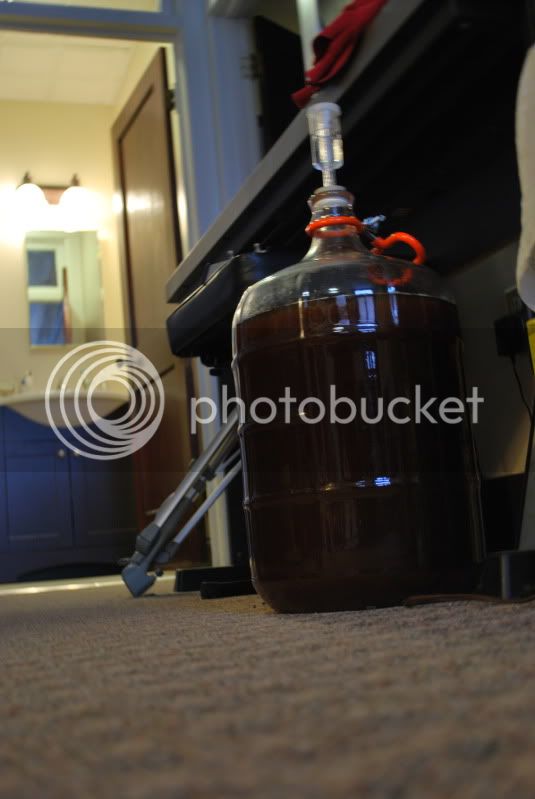thisgoestoeleven
Well-Known Member
My first batch was a pale ale, and it came out reasonably well. A bit yeasty, I didn't let it condition for long enough, but otherwise a perfectly passable, nice-drinking pale ale. This time around, I wanted to do an IPA. The woman at my LHBS said that an IPA might be a bit ambitious for a beginner, but offered to sell me a "bigger" recipe for the pale ale. It upped the malt extract from 6 to 7.5 pounds and switched from pale to amber, and switched out the amarillo hops for warrior. When I got home, I plugged my recipe into this nifty little calculator, and the "target style" came out as an IPA. My question is, is there any real, technical difference between a pale ale and an IPA in terms of recipe, or is more just a matter of degrees in terms of hoppiness, alcohol, etc?



